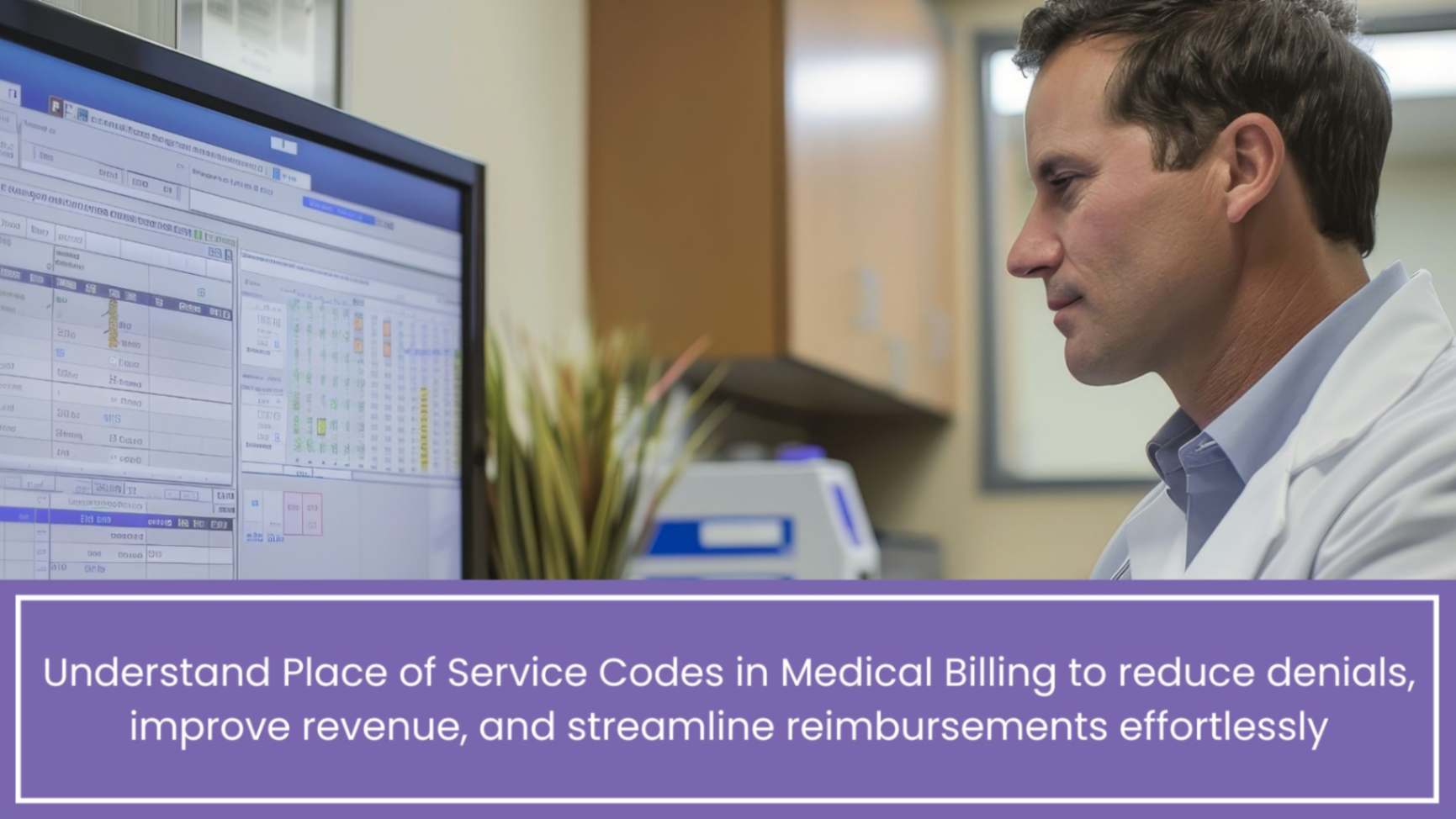Should Small Practices Outsource Medical Billing or Keep It In-House
Should small practices outsource medical billing or keep it in-house? This blog simplifies both options, examining real costs, hidden challenges, market trends, and the latest 2025 developments. Discover how outsourcing can cut costs, speed up payments, and reduce denials, or when managing billing internally makes more sense for maintaining control. A simple checklist, practical case study, and expert insights will help you make the right choice. You’ll also see how Practolytics supports clinics in safely exploring outsourcing options and boosting their overall financial performance.
Table of Contents
Outsource or In-House? Medical Billing for Small Clinics
Small businesses must choose between handling their own invoicing and hiring outside help. Getting this wrong wastes time, money, and focus. This guide explains both choices clearly so you can choose what works for your practice now.
Quick answer
There isn’t a universal solution. Some clinics use medical billing services outsourcing to cut costs and problems. Others handle it themselves for better control or special requirements. The smart move? Compare actual costs, your team’s skills, and future goals—then test it out before deciding.
What medical billing really means
Medical billing isn’t just claims. It’s a careful process where every step counts:
- Collect patient information and check coverage.
- Assign accurate visit codes (CPT/ICD).
- Send claims to insurers.
- Track rejections and resubmit.
- Record payments and invoice patients.
- Analyze reports to catch issues.
Miss one step? Plan for pushback, hold-ups, and do-overs.
Why this choice matters for small practices
Small practices face real challenges. Budgets are tight and teams are small. Billing errors or slow payments hurt cash flow fast. Finding and keeping skilled billers is harder and costs more. In 2025, practice costs jumped sharply, with staff expenses leading the way. When clinical staff handle billing, it pulls them from patient care. That hurts both your patients and your profits.
The costs: in-house vs outsourcing
1. In-house costs (what many practices face monthly):
- Paying billers, coders, and managers.
- Software and clearinghouse fees.
- Training for new codes and payer rules.
- Costs when staff leave and you replace them.
- Hidden costs from denials and rework.
Recent data shows practice costs rising, with staffing as a key driver. This makes many practices rethink keeping billing in-house.
2. Outsourcing costs (what you pay an outside team)
Most medical billing companies charge a percentage of what you collect—usually 3% to 9% based on your practice size and services. Some small practices pay flat monthly fees instead. This fee covers staff, software, and basic reports. Recent data shows small practices often pay 4% to 10% of collections, with solo practices sometimes paying more.
Real results seen after outsourcing
Many practices that outsource see better cash flow and fewer claim denials. Industry data shows clear gains—most see 5-10% higher collections, with some seeing bigger jumps. One major vendor’s research confirms these improvements.
Meanwhile, claim denials keep rising industry-wide. Initial denial rates vary by insurer and state, making expert handling crucial. Outsourcing denial management directly boosts your practice’s revenue by cutting these losses.
Advantages of keeping billing in-house
- Control: You see every claim and payment as it moves through your system.
- Special Deals: For complex payer contracts or unique billing needs, your in-house team may handle them more effectively.
- Team Fit: Your staff already knows your patients and daily routine.
- Patient Payments: Many practices find that the best method of collecting payments is through in-person visits.
- Important Note: To keep control, you must invest; budget for training, system upgrades, and staffing adjustments.
Advantages of outsourcing for small practices
- Predictable fees: Pay a clear percent or a monthly fee—no surprise salaries or benefits.
- Expert staff: Outsourcers hire and keep skilled billers and coders for you.
- Faster claims, fewer denials: Teams know payer rules, cutting rework and speeding payments.
- Built-in tech: Vendors handle software, dashboards, and tools—no buying or upkeep.
- Scalability: When patient loads rise, they scale with you. Skip hiring hassles.
- Lower overhead: Save on office space, recruiting, and training costs.
Risks of outsourcing — and how to manage them
- Know your costs: Pay a set percent or monthly fee—no surprise salaries or benefits.
- Get skilled people: Outsourcers find and keep billing experts who know their work.
- Fewer delays: Teams handle payer rules well, so claims get paid faster with less rework.
- Tech included: Use our software and tools—no buying or upkeep for you.
- Grow easily: When more patients come, we handle it. No hiring stress.
- Save money: By lowering the costs associated with office space, hiring, and training.
Trends and news shaping the choice in 2025
RCM market growth: More medical practices need help with billing and technology. This demand is pushing the RCM market to grow quickly. Reports show double-digit growth, fueled by new digital tools and outsourcing.
Denials are rising: Claim denials have increased recently. Strong denial management is now essential. Outsourced teams often handle denials better.
AI and automation: Companies now use smart tech to catch billing errors before they happen, fix medical coding mistakes, and get claims paid faster. This means fewer headaches and more time saved.
Teams that manage remote billing: Since COVID, many teams work remotely or from different time zones. This keeps round-the-clock support and lowers costs.
Lack of personnel: Good billers are hard to find. Through outsourcing, small clinics can continue to focus on their patients while avoiding the hassle of hiring staff.
These changes are encouraging small enterprises to attempt outsourcing. It updates bills and maintains financial flow.
A simple checklist that you can select for your practice
Asking these crucial questions can help you decide if outsourcing billing makes sense:
- What is the entire cost of our billing right now? Include lost income due to rejections, software, training, benefits, and staff compensation.
- Is billing work hurting patient care or causing delays? If yes, that’s a serious problem.
- Can we find and keep good billing staff? If not, outsourcing solves that gap.
- Do we have complex insurance contracts or unusual processes? If yes, verify if a vendor can manage them.
- Can we test it first? Outsource one area (like denials) for 60-90 days to get real data.
A short trial gives hard numbers and reduces risk.
How to choose the right billing partner
Ask about their work with practices like yours.
Examine the proof: Ask for specific examples of increased cash collection, speedier payouts, and fewer rejections.
Check for safety: Make sure they follow SOC2, HIPAA, and stringent data security regulations.
Set specific objectives: Keep an eye on crucial metrics such as cash collected, denial rates, payment days, and first-pass success rates.
Get regular updates: Weekly or monthly reports help you stay informed and in control.
Plan the move: Create a thorough switch plan that outlines who will take patient calls for 30 to 60 days.
Real case:
A small clinic ($2.5M yearly) compared options:
In-house billing:
– Staff, software, training: $140K–$180K per year.
Outsourcing billing:
- Cost: 6% of collections ($150,000 per year).
- Real benefit: Fewer denials and faster payments raised net collections by 8–12% in year one.
This makes outsourcing truly cheaper in reality—not just on paper.
Final takeaways — what I’d recommend simply
Try outsourcing for a short time. If billing takes up too much staff time, you’re having problems hiring qualified billers, or you’re getting a lot of denials.
You should keep billing in-house but outsource some tasks, such as denials or AR follow-up, if you have complicated contracts, a large billing staff, or a need for strict control.
Always do the real math: compare your total in-house costs to the vendor fee plus expected gains. Run a 90-day pilot and track key results.
Conclusion—Practolytics can help you test and decide
Deciding between handling billing yourself and outsourcing is important. For small practices, the best way is a quick, low-risk trial with clear results.
Practolytics offers simple pilots so small practices can test outsourcing without major changes. With easy dashboards, secure HIPAA systems, and experts who handle denials, eligibility, and faster payments, Practolytics helps you:
- Cut denials and get paid faster.
- Boost collections and lower billing costs.
- Don’t let the paperwork distract your team from the patients.
Ready for a small trial with real results? Talk to Practolytics to start with a clear plan and trackable goals—then decide based on facts, not guesses.
ALSO READ – Simplifying Revenue Management: How Medical Billing Services Empower Small Practices
Talk to Medical Billing Expert Today — Get a Free Demo Now!






